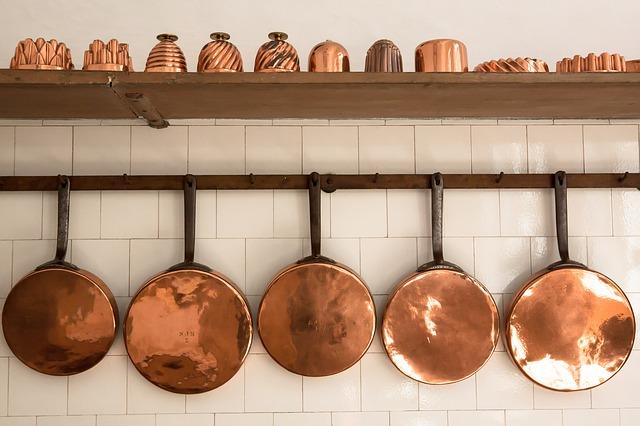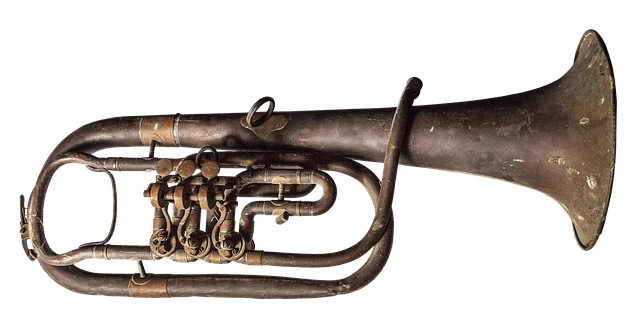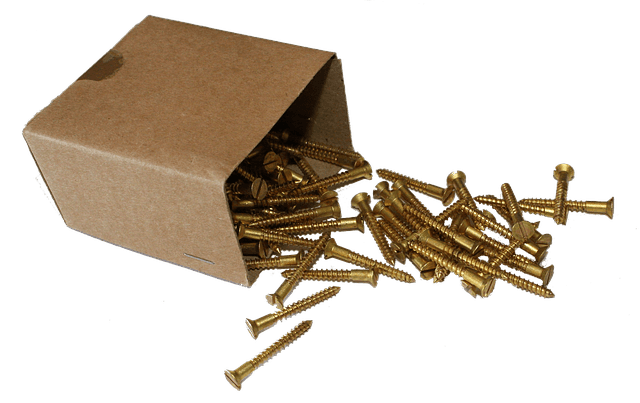Ever since we learned about metals some 10,000 years ago, we never stopped digging, processing, and combining them to produce new types. Surprisingly, we still do produce new types of metal, pure and alloy alike, despite how advance our technologies have become. In fact, it appears as though we’ve barely scratched the surface. Then again, the few types of metal we’ve discovered so far are enough to fuel the industrial age.
Ferrous vs. Non Ferrous Metals
As distinct from each other as they are, metals share certain qualities. One of which is their susceptibility to corrosion. All metals corrode but their corroding agents vary. Some require extremely harsh acids to oxidize while others corrode just by exposure to moist air. When it comes to corrodibility, metals are generally classified into two types—ferrous and non-ferrous.
It doesn’t take a genius to know the difference between ferrous and non-ferrous metals, although it’s sometimes difficult to spot, especially with untrained eyes. Ferrous metals are those metals that contain a fair amount of iron, while non-ferrous metals are simply those that do not contain iron. While adding iron helps increase a metal’s strength, it also reduces its resistance to corrosion. That’s because iron is highly reactive to oxygen.
When a ferrous metal corrodes, each iron atom on the exposed surface combines with one of the two molecules of oxygen to form iron oxide or rust. That’s the only weakness of iron and yet its impact on alloys is quite immense that it shouldn’t be overlooked. Severe rusting can render a ferrous metal useless, and failure to detect and address corrosion at its early stages may lead to serious damage on the metal. It can spell disaster to a project especially if the ferrous metal is used as a structural element.
Non-ferrous metals, on the other hand, since they don’t contain iron, have natural resistance to rusting. That’s obviously because they don’t have iron to react to moisture. As a result, they last longer without the need for protective coating or alloying with other metals that repel oxygen molecules. You can easily distinguish them by their sleek and shiny surface.
Best Examples of Ferrous and Non-Ferrous Metals
Ferrous and non-ferrous metals are some of the most extensively used materials on the planet. They make up most of the modern world and serve as the lifeblood of various industries. Here are some of the most prominent examples of ferrous and non-ferrous metals available today.
Ferrous Metals
Perhaps the most popular type of ferrous metal is steel, a metal primarily made of iron and carbon. It can be alloyed with non-ferrous metals such as chromium and nickel to improve its durability. Steel is used for making structural frames and trusses for buildings and bridges.
Cast iron and wrought iron are also popular examples of ferrous metals. Cast iron contains silicon, making it extremely resistant to wear. It’s commonly used for making water pipes, machine tools, automobile engines and stoves. Wrought iron doesn’t have other elements in it apart from iron and carbon, but it’s extremely durable thanks to the addition of slag in its manufacturing.
Non-Ferrous Metals
There are more non-ferrous metals than ferrous metals on the Periodic Table of Elements. That’s primarily because most non-ferrous metals are pure elements. Even their alloys don’t require iron content so those, too, count.
The most widely used non-ferrous metals include copper, aluminum, zinc, lead, and tin. They share certain qualities that are valuable for a wide range of practical applications. Unlike ferrous metals, they can last for thousands of years and can be recycled due to their high resistance to corrosion.
Properties and Uses of Ferrous and Nonferrous Metals
It’s important to note that both ferrous and non-ferrous metals are useful. Even though ferrous metals are apparently less durable than non-ferrous metals due to their low resistance to corrosion, they have qualities not found in the latter that are extremely vital for many different applications.
For instance, ferrous metals are naturally magnetic. This property is useful for motor and electrical applications, which heavily rely on principles of magnetism. Due to their high tensile strength, ferrous metals also have extensive construction and manufacturing applications. Some metals in this category are even used for manufacturing machine tools, drills, blades, taps, and springs. It can maintain a sharp cutting edge. Wrought iron, for instance, due to its hardness and fatigue strength, is used for fencing and railings, agricultural implements, nails, barbed wire, chains, and various ornaments.
Non-ferrous metals are known for having high electrical conductivity. The metal core of the wires and the transformers that make up electrical systems are made of copper. They are also malleable and ductile, making them very easy to form into plates, sheets, and tubes for machine parts. Non-ferrous metals are also the preferred material for electronics as well as pipes for water distribution and plumbing systems. Their corrosion resistance and anti-microbial properties make them the perfect choice for drinking water and food processing.
Some non-ferrous metals, such as alloys of copper, play a critical role in the manufacture of ships and watercrafts. They can withstand the corrosiveness of saltwater, which is about ten times that of tap water. They can help prevent fouling, too, which is the major cause of the distribution of invasive species across the world’s oceans.
Where to Buy Your Materials
Most metal suppliers offer both ferrous and non-ferrous metals, the cost of which inhibits them from providing a wide range of materials. Some suppliers, on the other hand, specialize in either type of metal. Rotax Metals, for example, specializes in non-ferrous metals, particularly copper and its alloys. They are one of the most trusted copper, bronze, and brass suppliers in North America.
When selecting a supplier, make sure they have good credentials. Having been established for many decades is a sign that they are a go-to resource for copper & brass sales. Look through their catalog and find out what types and grades of metal supplies they offer. You know you’ve come to the right place when you see they offer just about every option possible.




